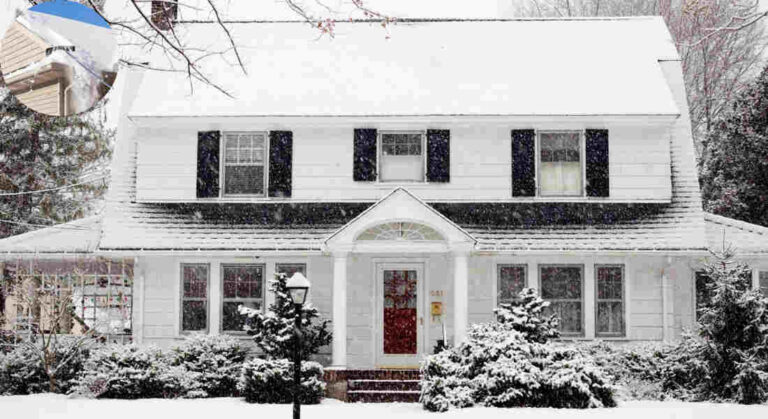Winter brings a beautiful blanket of snow that transforms the landscape into a picturesque wonderland. However, for homeowners, the sight of snow accumulating on the roof often raises essential questions. Does snow on the roof mean sound insulation for your house? Understanding the role of snow as a potential insulator can have significant implications for energy efficiency and comfort during the colder months.
Understanding Snow as an Insulator
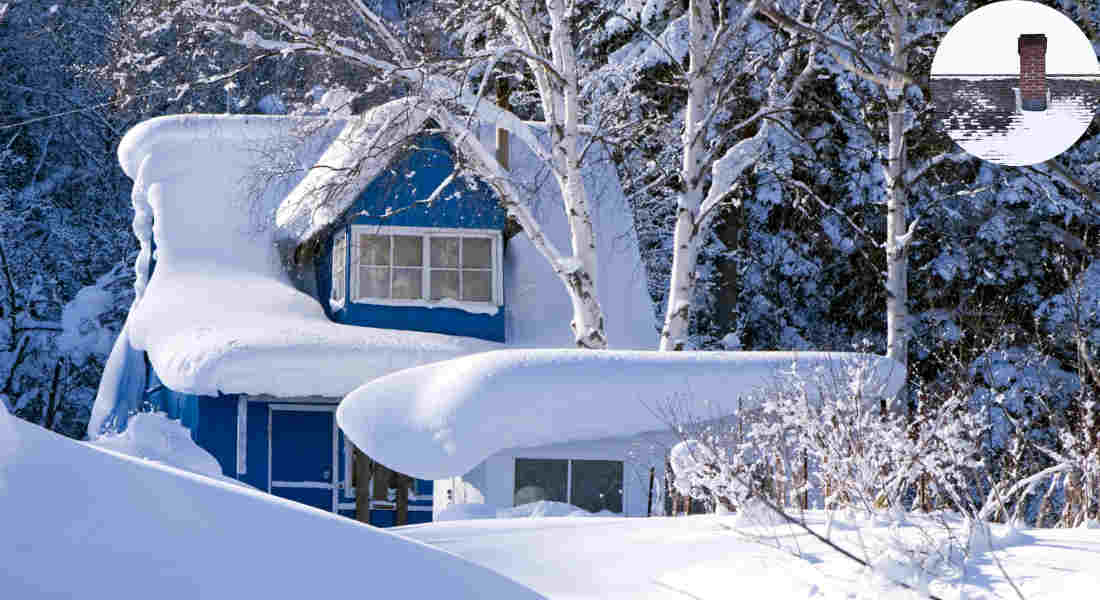
The Science Behind Snow’s Insulating Properties
Snow is more than just a delightful aspect of winter; it has inherent insulating properties. The unique structure of snow consists of tiny ice crystals that trap air, effectively reducing the transfer of heat from your home to the outside environment. This trapped air provides a layer of insulation that can help maintain indoor temperatures.
R-Value of Snow
The R-value is a measure of insulation’s effectiveness. Snow has a typical R-value of about 1 per inch, which is comparable to that of wood insulation. This means that a thick layer of snow can act as a natural thermal barrier on your roof, helping to keep your home warm.
Thickness and Density
The effectiveness of snow as an insulator can also depend on its thickness and density. A thick layer of snow provides better insulation, while compacted or wet snow may not insulate as effectively. Understanding these characteristics can help homeowners assess their roof’s snow coverage.
What Snow on Your Roof Indicates About Your Home’s Insulation
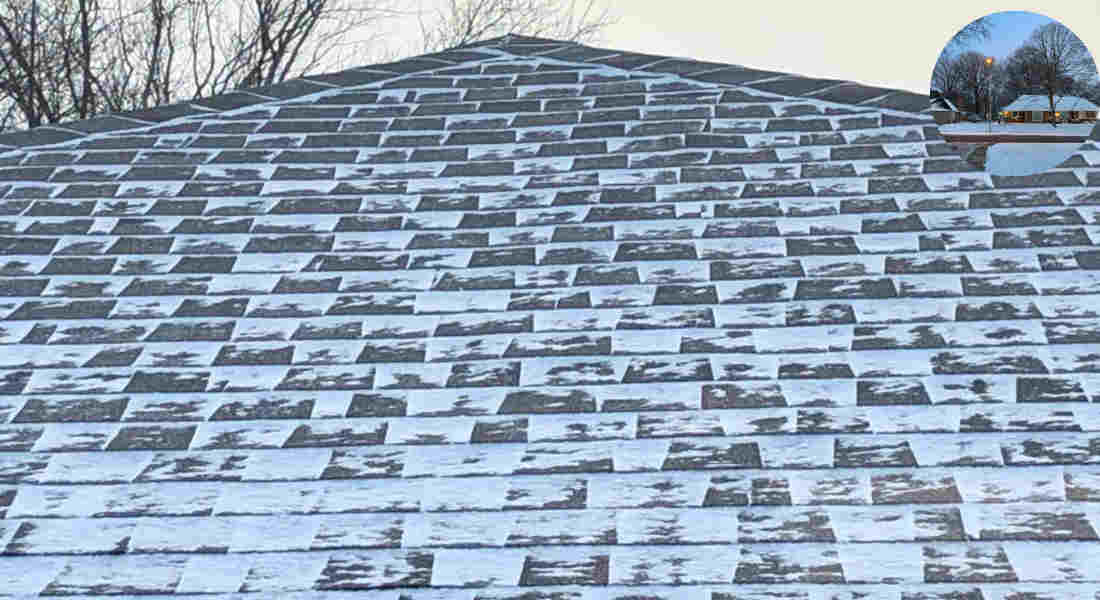
Signs of Good Insulation
When you notice an even, undisturbed snow cover on your roof, it can be a sign of sound insulation. This indicates that minimal heat is escaping from your attic, allowing the snow to remain intact.
You may also read (the ultimate tool shingling hammer for home roofin).
Uneven Snow Melt
Conversely, if you observe uneven snow melt or patchy snow coverage, it could indicate that heat is escaping through your roof. Areas where snow melts faster can lead to the formation of icicles and ice dams, which can cause damage to your roof over time.
Visual Cues for Homeowners
By simply observing the snow patterns on your roof, homeowners can gain valuable insights into the effectiveness of their insulation. Here are a few visual cues to consider:
- Event Coverage: Good insulation and minimal heat loss.
- Uneven Melting: Potential heat escape and insulation issues.
The Relationship Between Snow Cover and Energy Efficiency
Reducing Heat Loss
Snow cover plays a significant role in reducing heat loss from your home. By acting as an insulating layer, snow can help lower heating costs during winter. This can be particularly beneficial for homeowners seeking to reduce their energy bills.
Complementing Attic Insulation
In many cases, snow serves as an additional insulating layer that complements existing attic insulation. However, its effectiveness is highly dependent on the condition of your attic insulation and ventilation systems.
Importance of Proper Attic Insulation
Proper attic insulation and ventilation are crucial for maintaining snow cover on the roof. Without adequate insulation, warm air can escape, causing snow to melt faster and leading to potential problems, such as increased energy bills and ice dam formation.
Consequences of Poor Insulation
The consequences of inadequate insulation are significant. Here are a few potential issues:
- Increased Energy Bills: Higher heating costs due to heat loss.
- Ice Dams: Formation of ice dams that can damage roofs.
- Roof Damage: Long-term structural issues from excess moisture.
Common Misconceptions About Snow on Roofs and Insulation
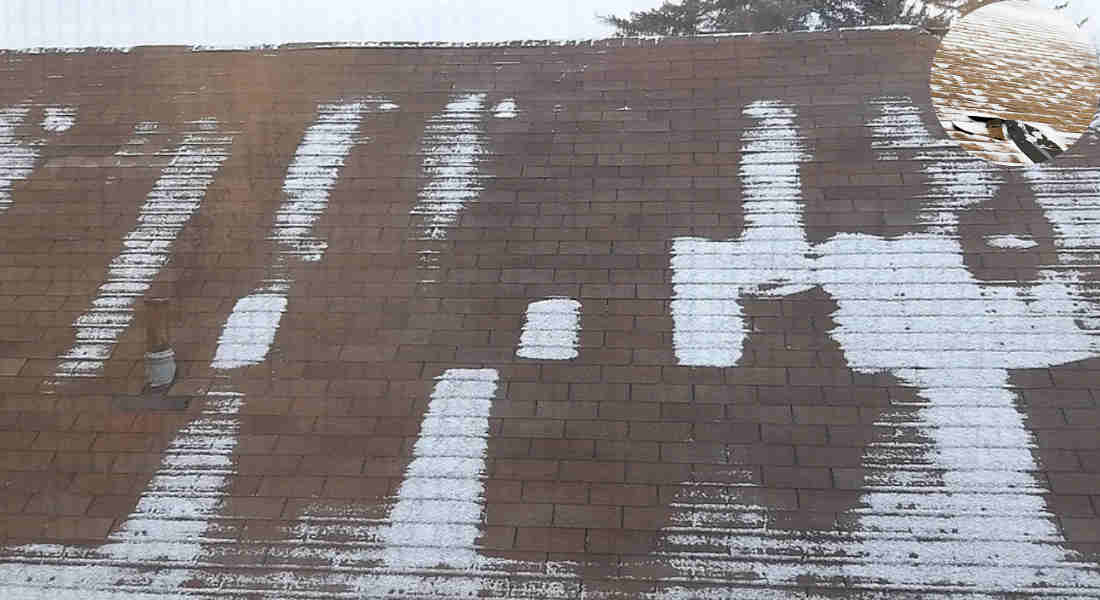
Snow vs. Proper Insulation
It’s essential to clarify that while snow can provide temporary insulation, it does not replace proper insulation. Homeowners should not rely solely on snow cover as a solution for insulation issues.
Shedding Snow Quickly
Another common misconception is that a roof that sheds snow quickly is well-insulated. In reality, this can often be a sign of heat loss, indicating that your home’s insulation may not be as effective as it should be.
Weight of Snow
Lastly, many homeowners worry about the weight of snow on their roofs. While it’s important to consider structural integrity, the insulating benefits of snow can outweigh concerns when appropriately managed. Regular inspections can help ensure safety.
How to Improve Roof Insulation to Keep Snow Cover Stable
Sealing Air Leaks
One of the most effective ways to improve roof insulation is by sealing air leaks between your living space and attic. This helps prevent warm air from escaping and maintains a stable temperature on your roof.
Upgrading Attic Insulation
Consider adding or upgrading your attic insulation materials. Higher-quality insulation can significantly enhance your home’s energy efficiency and help maintain snow cover during winter.
You may also read (how much does it cost to carpet a 3 bed house in the uk).
Proper Ventilation Systems
Implementing proper roof ventilation systems, such as soffit and ridge vents, is essential for maintaining a cold roof temperature. This helps prevent snow from melting too quickly and promotes healthy insulation.
Regular Roof Maintenance
Regular maintenance is key to preventing ice dams and water damage. Ensure that you inspect your roof for any issues and address them promptly to maintain both insulation and safety.
Practical Tips for Homeowners in Snowy Regions
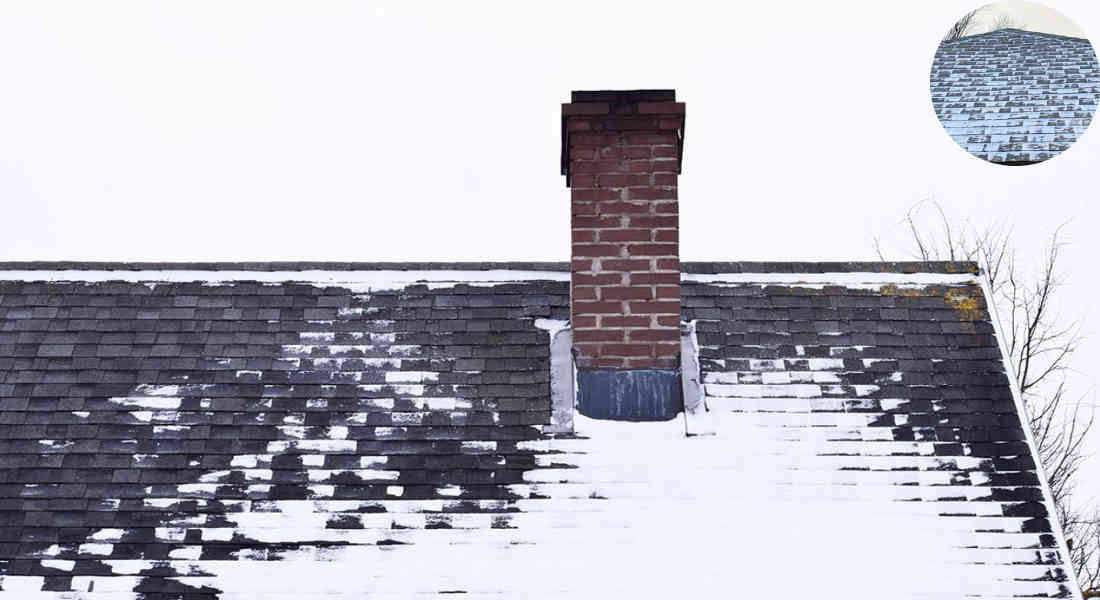
Monitoring Snow Patterns
Homeowners should monitor snow patterns on their roofs as a health check for insulation. Keeping an eye on how snow accumulates can provide valuable insights into your home’s insulation effectiveness.
Professional Inspections
If you’re unsure about the condition of your insulation or roof, don’t hesitate to call a professional for an inspection. They can provide expert advice and help identify any potential issues.
Safety Tips
When dealing with snow and ice on roofs, safety is paramount. Here are a few tips:
- Avoid Climbing: Don’t try to clear snow from your roof unless you’re trained.
- Use Proper Tools: If necessary, use tools designed for snow removal.
- Stay Safe: Consider hiring professionals for any snow removal.
Energy-Saving Habits
In addition to improving insulation, adopting energy-saving habits during winter can complement your efforts. Here are a few tips to consider:
- Set Thermostat Lower: Lower your thermostat by a few degrees.
- Use Curtains Wisely: Open curtains during the day to let sunlight in and close them at night to retain heat.
You may also read (does installing solar void your home roof warranty).

